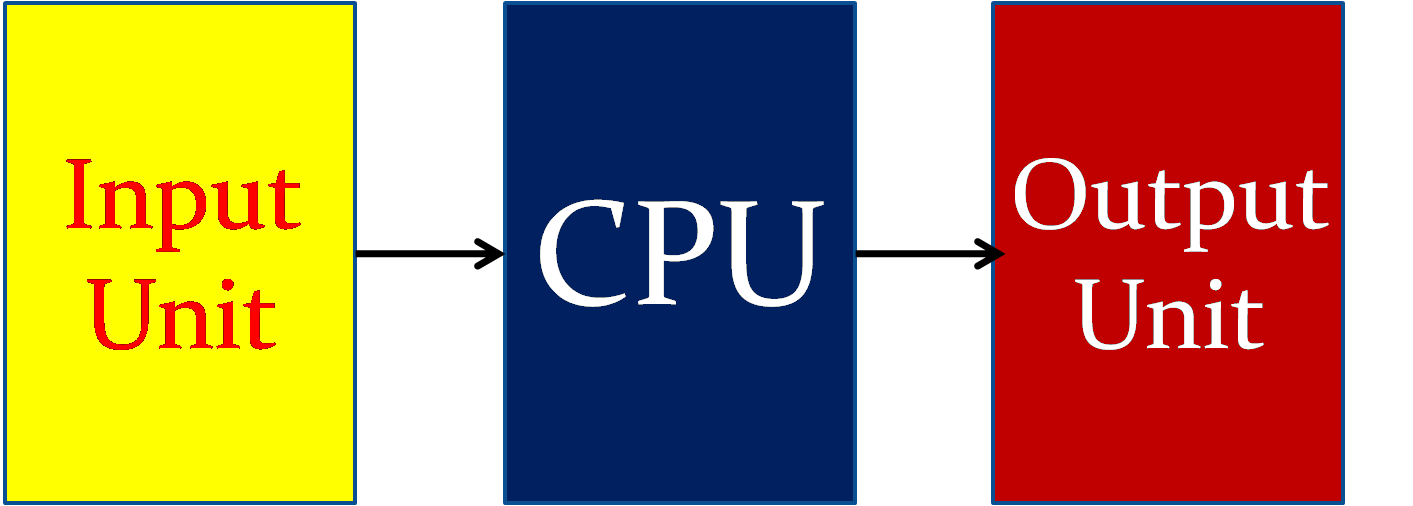COMPUTER LANGUAGES
A natural language is a medium of communication between human being. The natural languages such as Hindi, Punjabi, English, etc. is used to communicate with each other our ideas and emotions. Similarly, a computer language is a means of communication used to communicate between people and the computer. With the help of a computer language, a programmer tells a computer what he wants it to do. All natural languages use a standard set of symbols for the purpose of communication. These symbols are understood by everyone using that language. We normally call this set of symbols the vocabulary of that particular language. For example, the words we use in English are the symbols of English language that make up its vocabulary. Each word has definite meaning which can be looked up in a dictionary. In a similar manner, all computer languages have a vocabulary of their own. Each symbol of the vocabulary has definite unambiguous meaning which can be looked up in the manual meant for that language. Hence, each symbol of a computer language is used to tell the computer to do a particular job. The main difference between natural language and computer language is that natural languages have a large vocabulary but most computer languages use a very limited or restricted vocabulary. Hence, each and every problem to be solved by a computer has to be broken down into discrete (simple and separate), logical steps which basically comprise off our fundamental operations.


